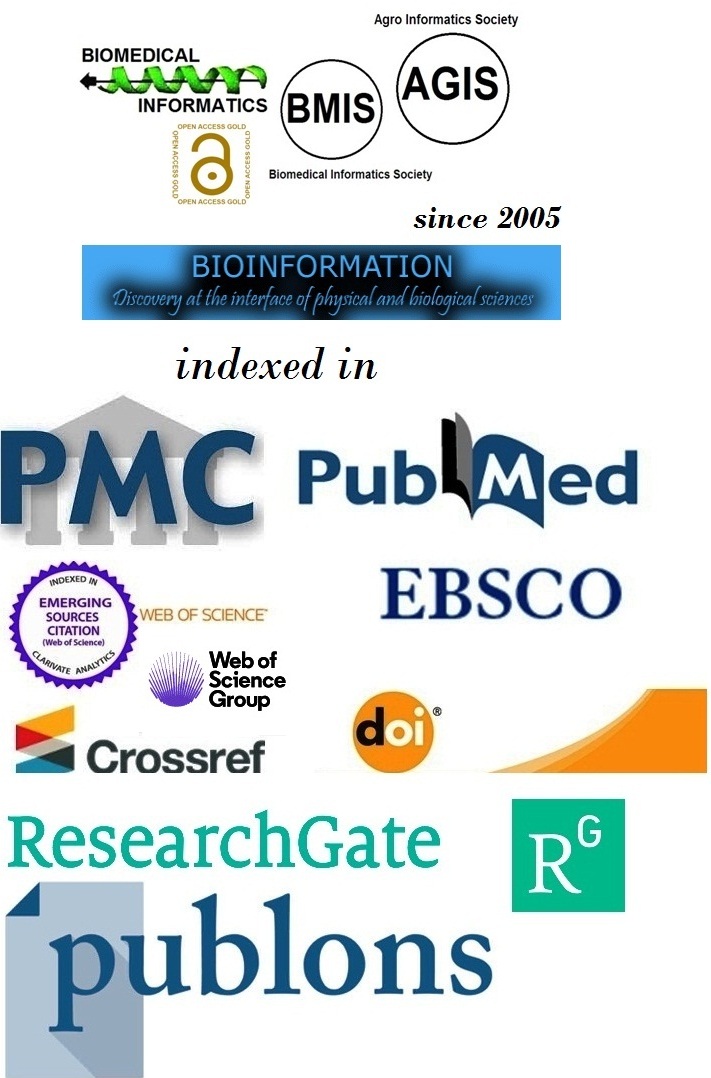Title
Authors
Lily Fotovat1, Kathleen Wang1 & Francesco Chiappelli*, 1&2
Affiliation
1Dental Group of Sherman Oaks, Sherman Oaks, CA - 91403, USA; 2UCLA Center for the Health Sciences, Los Angeles, CA - 90095, USA; *Corresponding author
Lily Fotovat - E - mail: lilyfotovat@gmail.com
Kathleen Wang - E - mail: katwang14@gmail.com
Francesco Chiappelli - E - mail: Chiappelli.research@gmail.com
Article Type
Editorial
Date
Received October 1, 2024; Revised November 30, 2024; Accepted November 30, 2024, Published November 30, 2024
Abstract
As of 2022, the Centers for Disease Control and Prevention (CDC) reported that the average life expectancy for both sexes in the United States is 77.5 years. While new advances in health have increased life expectancy, aging comes with complications that impact the development of diseases like cancer, senile dementia (non-Alzheimer), diabetes, and Parkinsonís. Through aging, the bodyís immune system declines, a process recognized as immunosenescence, and which contributes to inflammaging, a state of chronic, though non-productive, inflammation that progresses with advancing age in the absence of overt infection and that contributes to the onset and progression of a spectrum of age-related pathologies. MicroRNAs are small forms of RNA that control gene expression by binding to messenger RNA (mRNA) in the cell cytoplasm. In particular, microRNA-941 (miR-941) has been found to play a critical role in the regulation of differentiation of cell populations, certain T cell subsets responsible for maintaining efficient immune surveillance in normal subjects, immune compromised individuals as well as the elderly. We propose that concerted research designed to define and characterize interventions targeting the regulatory effects of miRNA-941 specifically on T-cell subsets will benefit treatment of infectious (e.g., CoViD-19, H5N1 infection) and chronic illnesses (e.g., diabetes II, diabetes III, Long Covid [i.e., Post-Acute Covid-19 Syndrome, PACS], autoimmune disease), which are most common among the aging and the immune compromised population. It is possible and even probable that active research in this specific area will proffer new horizons for finding cures, aid in disease management and improved accessibility and affordability of public health services.
Keywords
Immunosenescence, inflammaging, MicroRNA941, senescence-associated secretory phenotype (SASP) & infectious diseases (CoViD-19, PACS Long Covid)
Citation
Fotovat et al. Bioinformation 20(11): 1529-1531 (2024)
Edited by
Francesco Chiappelli
ISSN
0973-2063
Publisher
License
This is an Open Access article which permits unrestricted use, distribution, and reproduction in any medium, provided the original work is properly credited. This is distributed under the terms of the Creative Commons Attribution License.
